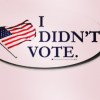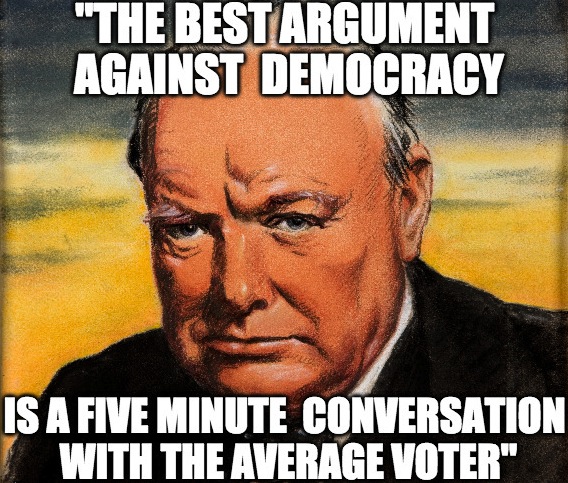THE NEW YORKER: —I’m afraid that on my way to the voting booth I will trip and fall into a puddle and splash mud onto an innocent passerby, Meryl Streep. She will be on her way to accept her fourth Oscar and will hate me forever. I will cry because I love Meryl.
—My designated polling place is run by my ex-boyfriend, Tad, who once tattooed my name on his face and  expected that I would do the same, with his name on my face. I did not because I hate needles and also didn’t love Tad for real. (It is my polling place because I still live with him.)
expected that I would do the same, with his name on my face. I did not because I hate needles and also didn’t love Tad for real. (It is my polling place because I still live with him.)
—I’m just so busy. I watch at least three Meryl movies a week, and I have to go all the way to the library to rent “It’s Complicated” because online piracy is illegal. Following the letter of the law is very important to me, although sometimes I wish that I could have a say in what the laws are.
—I am a hand model, and I am resting my delicate digits for an upcoming Baby Gap photo shoot. I play “Mommy Hand That NEEDS the New Spring Denim Line.”
—My vote doesn’t even matter. It’s like when I send a write-in ballot for the Oscars and they respond by  saying, “Please stop contacting us” or “For the eighth time, we will not deliver this life-size sculpture of you to Meryl Streep.” MORE
saying, “Please stop contacting us” or “For the eighth time, we will not deliver this life-size sculpture of you to Meryl Streep.” MORE
SALON: A Caltech/MIT survey on voting patterns discovered that three of the five most common reasons given by eligible adults who did not vote had an economic component to them: they were too busy, they struggled with transportation, or they faced registration problems. One telling statistic is that 40 percent of voters reported waiting in line to vote—with 17 percent being forced to wait for more than half an hour. That’s prohibitively expensive in a country where time is literally money.
Not surprisingly, the end result is that low-income Americans turn out to vote in far lower numbers. The U.S. Census found that only 47 percent  of eligible adults with family incomes of less than $20,000 a year voted in the 2012 presidential election, compared to 80 percent of those whose earning exceeded $100,000. Overall, only 19 percent of likely voters come from families with incomes of less than $30,000 a year, even though that same group comprises 46 percent of nonvoters. MORE
of eligible adults with family incomes of less than $20,000 a year voted in the 2012 presidential election, compared to 80 percent of those whose earning exceeded $100,000. Overall, only 19 percent of likely voters come from families with incomes of less than $30,000 a year, even though that same group comprises 46 percent of nonvoters. MORE

